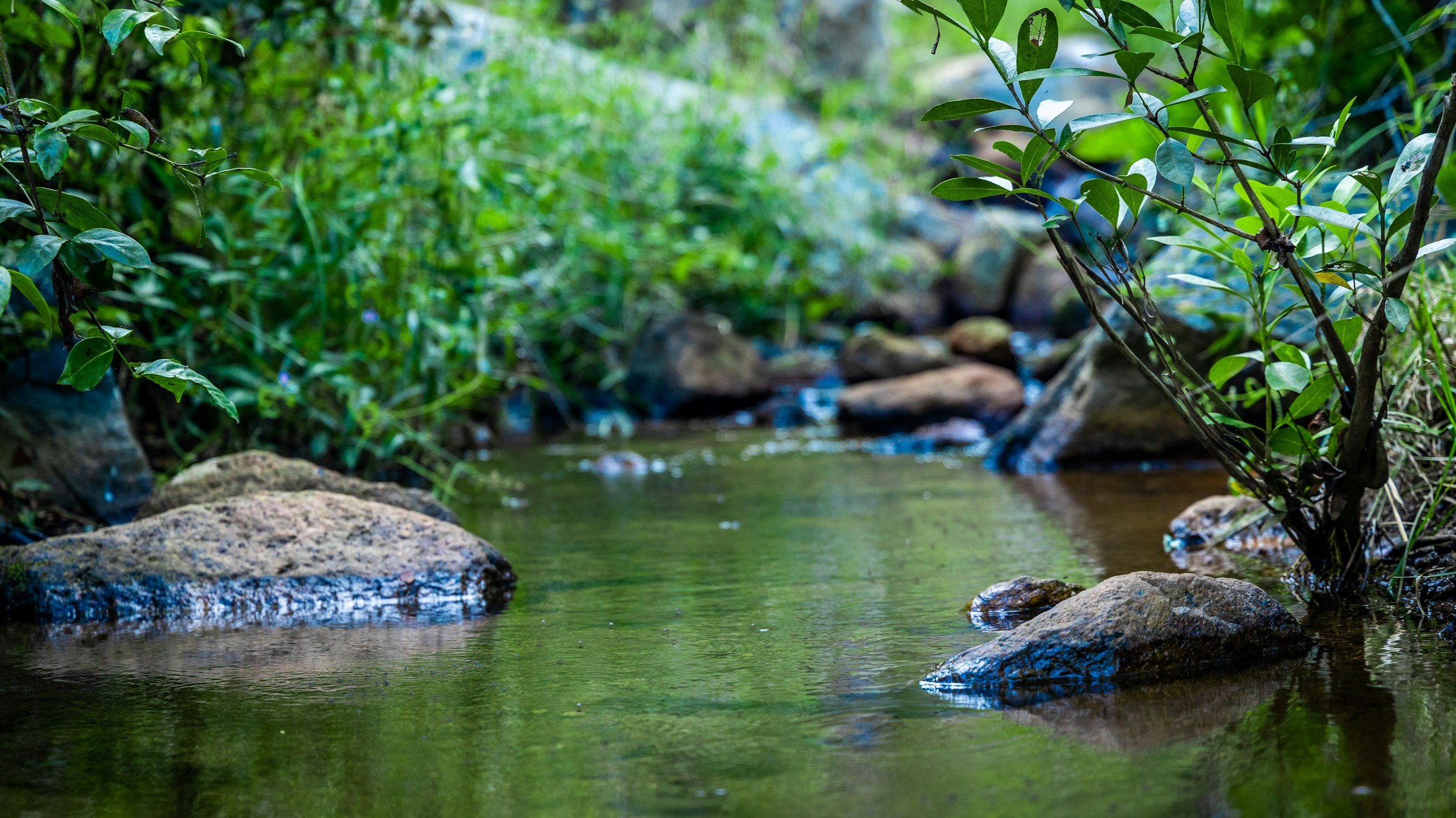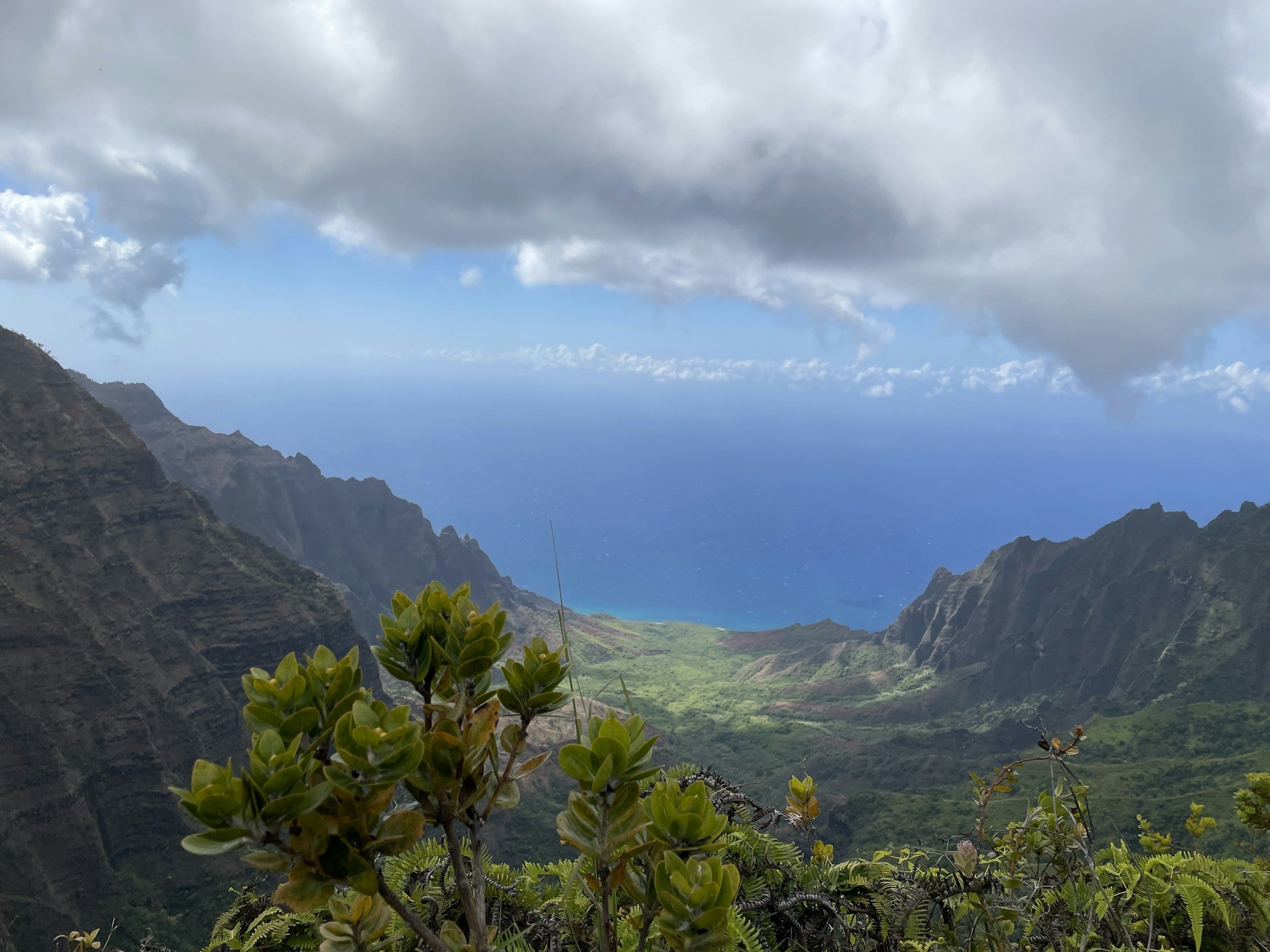
Water Purification Techniques - DIY Methods To Purify Water
Our water purification techniques outline how to purify water using simple yet robust methods, whether you’re in the wilderness or dealing with unexpected shortages. By learning DIY water purification steps, you can protect your health, prevent contamination risks, and secure a reliable source of hydration.
From boiling and filtering to chemical treatments, each approach adapts to different resources and environments. Armed with this knowledge, you’ll be prepared to ensure clean drinking water, safeguarding yourself and others wherever you may roam.

Why It’s Essential
Clean water is critical for survival, as the human body can only survive a few days without hydration. In the wilderness or during emergencies, accessing safe drinking water is vital to prevent dehydration and avoid waterborne illnesses like diarrhea or cholera.
Mastering water purification techniques ensures you stay hydrated and maintain your health in challenging situations, empowering you to overcome environmental hazards effectively.

Step-by-Step Guide
1. Identify a Water Source
Look for flowing water, such as rivers or streams, as it is less likely to be stagnant.
Avoid water with visible contamination, such as algae blooms or oil slicks.
If no flowing water is available, collect rainwater or use puddles.
2. Filter Out Debris
Use a clean cloth or bandana to remove large particles like dirt, leaves, or insects.
Pour the water through the cloth into a clean container.
Let the filtered water settle, allowing smaller debris to sink to the bottom.
4. Store Safely
Use a clean, sealable container to prevent re-contamination.
Keep purified water away from unclean water to avoid cross-contamination.
Label your containers if storing for extended periods.
3. Choose a Method
Boiling: Bring water to a rolling boil for at least one minute.
Chemical Treatment: Add purification tablets or drops, following the instructions.
Filtration Systems: Use a portable water filter to remove bacteria and protozoa effectively.
6. Maintain Your Tools
Clean and dry filters, containers, and cloths after use to prevent mold or bacterial growth.
Replace chemical treatments and filters as per their expiration dates.
Store your tools in a waterproof bag for easy access during emergencies
5. Test Before Drinking
Check for any unusual color, odor, or taste even after purification.
Repeat the purification process if the water appears questionable.
Monitor your health and hydration levels after drinking to ensure safety.

Essential Tools

Common Challenges
Water is heavily contaminated
Use multiple purification methods, such as filtering followed by boiling or chemical treatment, for maximum safety. Carrying backup tools ensures preparedness for extreme conditions.
Limited fuel for boiling
Opt for chemical treatments or portable filtration systems that don’t require heat. Plan your water needs to minimize fuel consumption if you do use this method.
Unpleasant taste after treatment
Use flavored electrolyte tablets or add a small amount of juice to mask the taste. These can make treated water more enjoyable to drink while keeping it cleaned and secured.

Real-Life Stories






